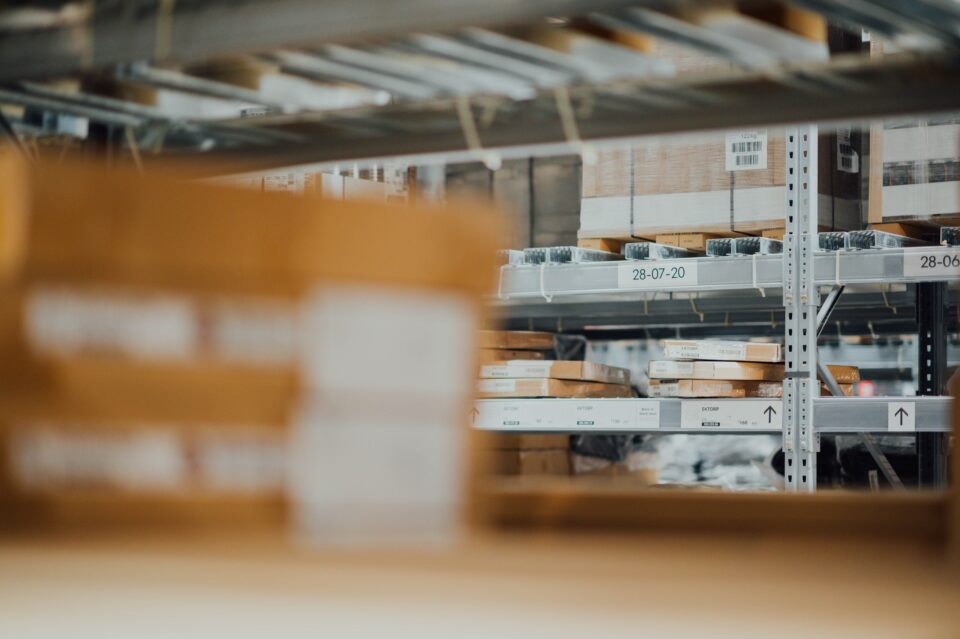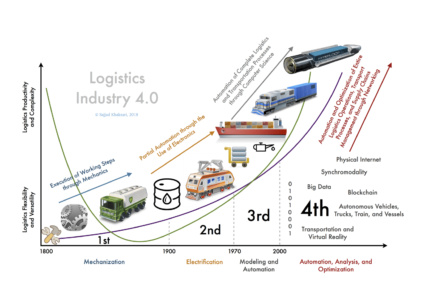
Proper warehouse management is a key aspect for a supply chain that offers the expected quality of service with the lowest possible costs.
An overdimensioned warehouse is a sure way of deteriorating the operation’s profitability. Poorly organized warehouses will lead to continuous consumption of resources above the bare minimum and recurring defaults.
But stating what is obviously desirable does not, by itself, lead to well-designed, efficient, effective warehouses.
Advanced analytics allow you to explore and evaluate alternatives in a systematic and rigorous way. It quantifies the relevant aspects and allows to put on the table a number in euros, dollars or pesos along with a level of service. The manager who implements a solution obtained in this way knows what to expect from his warehouse, he knows what its productivity will be and its profitability.
In addition, and precisely because of the power to analyze and explore alternatives, what is possible to implement will be much better than what an expert can do with a spreadsheet, especially if it is the expert who has the advanced analytical tools at his service.
Design
Analytics can be useful in the design (or redesign) phases of a warehouse.
The use of the digital twin is especially useful here. A digital twin constitutes a detailed replica of the operation of a system and, in particular, of a warehouse.
A digital twin of a warehouse would represent the operation of all relevant processes. For example, the unloading processes down to the details of the unloadings of the trucks arriving at the docks. Likewise, the movement of the forklifts or AGVs can be reproduced with their corresponding logics or the manual classification processes of the workers in a manual sorter, etc.
The interaction of all these processes cannot be described in a simple way and many times only with the representation in a digital model it is possible to evaluate the impact of the various decisions that can be made.
In terms of design, advanced analytics is helpful for dimensioning expensive infrastructure with long-term implications.
In the first place, analytics is very useful to make investment decisions and selection of alternatives in essential aspects of the future operation of the warehouse: manual technology versus automated alternatives or the type of picking (man to product, product to man, mixed).
Similarly, sizing decisions lend themselves to this type of analysis. For example: the capacity of an automatic sorter, the amount of bays, the space dedicated to different areas (cold or ambient temperature, folded or hanging garments, for example).
The layout configuration alternatives can also be studied and, in a relatively simple way, it is possible to evaluate the performance of a warehouse under different configurations as those shown in the figure below.

In all cases, analytics allows to have an excellent design with little risk and low cost, with all certainty about the future performance of the chosen design: productivity, costs, leadtimes, etc.
Operations
In the same way that a poor choice of design can compromise the operation of the warehouse, if the operational decisions are not adequate on a recurring basis, problems will appear and remain.
Two especially relevant processes are picking and replenishment, the former to serve warehouse orders and the latter to ensure that items are available when required by picking. Coordinating these two activities is essential and the profitability of the activity depends on them.
Here the digital twin provides a testing ground to explore rules for picking and replenishment. Trying out different ways of performing these two activities live, with live fire, on the system itself can be very time consuming and, even worse, extremely expensive.
In general, with a digital twin it is possible to reproduce almost any operational aspect of the warehouse and assess alternative forms of operation and their impact. For example, a simulation model can allow you to evaluate forecasting models and inventory level policies or explore how to staff different processes to meet demand in different scenarios.
In summary, a digital twin allows the analysis of both design and operational decisions and is a very powerful tool, but the toolbox for
optimizing the operation of a warehouse does not end there. In a future post we will describe other advanced analytics techniques for warehouse optimization.



